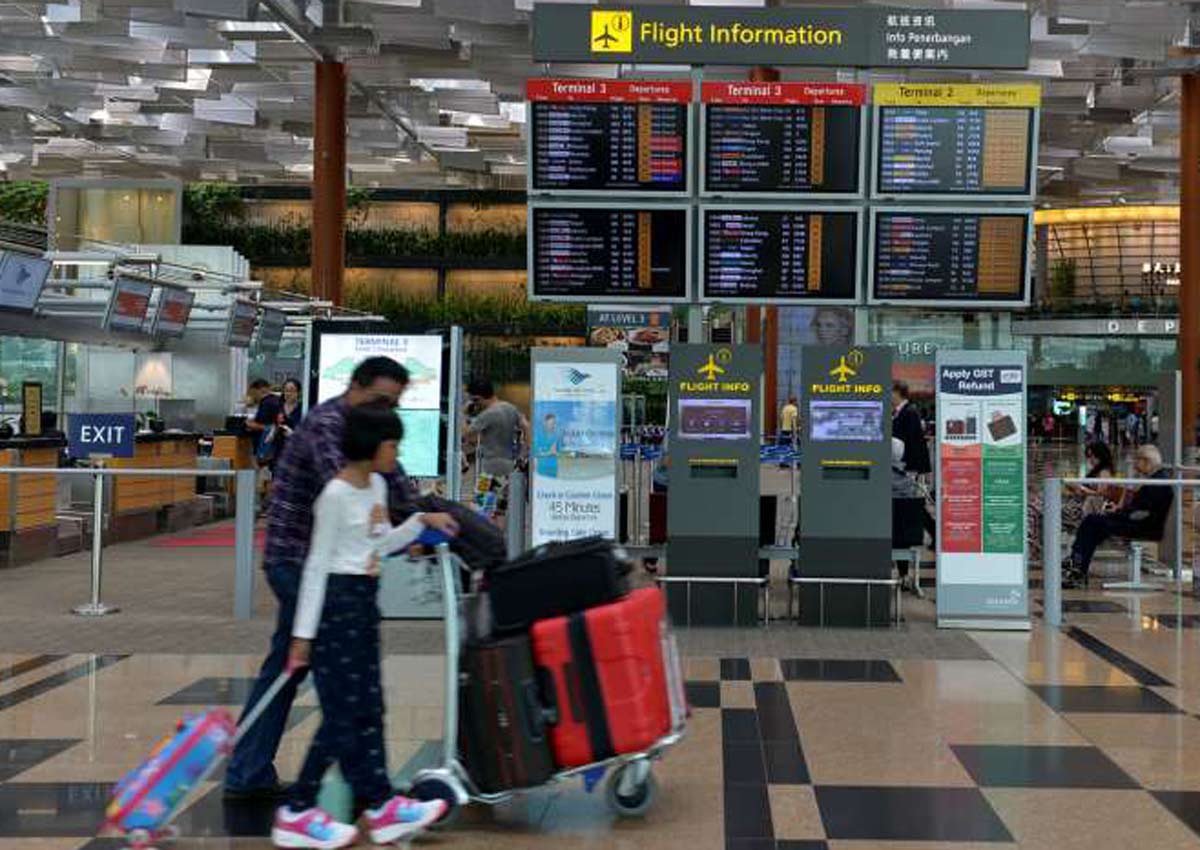Changi Airport has set new standards for check-in and baggage collection, among other services, that must be met for 95 per cent of all travellers.
Previously, the target for airport partners was nine out of 10 travellers.
This means, for example, that even as arriving passengers may see the first bag taking a few minutes longer to reach the belt – one of the changes made during the recent review – more bags will arrive within this time-frame.
As part of the review, the Civil Aviation Authority of Singapore (CAAS) has also extended the service standards, for the first time, to cover transit passengers.
This would ensure, for example, that those who need to collect their boarding passes for the next leg of their journeys are processed quickly and efficiently.
Since the new standards, which are not made public, kicked in last month, the authority has also started monitoring the performance of key assets.
These include aerobridges, flight information display systems, power supply and baggage handling systems, a spokesman said.
This is to ensure that there is close oversight on areas that could potentially affect airport operations and passengers’ experience, she said.
The CAAS spoke to The Straits Times following a recent report that arriving passengers may have to wait longer for their bags after the changes to service standards.
The changes are part of the wider review which also took into account growing passenger numbers and operational constraints.
For example, where previously the rules were the same for all airlines – no traveller should wait for more than 10 minutes to get to the front of the line and another two minutes to be processed – more time is now given to budget carriers.
The airport’s “first bag on the belt in 12 minutes” standard has also been relaxed to allow a couple more minutes, sources said.
The CAAS spokesman said that, ultimately, the airport’s success will continue to be driven by delivering the best possible passenger experience.
The end-to-end experience is critical, said Mr Abbas Ismail, course manager, aviation management and services, at Temasek Polytechnic.
“For instance, the passenger does not benefit if his baggage is brought to the belt quickly but he is held up at immigration or his aircraft is parked at the furthest parking bay and he has to take a long walk to the arrival hall. Likewise, efficient immigration clearance is meaningless if the baggage has not yet reached the belt,” he said.
More than seven in 10 arriving travellers The Straits Times spoke to at the airport recently said they did not experience a longer wait for their bags despite the recent relaxation.
Indonesian pastor Kunaraz, 58, said: “I fly more than 20 times a year, and I think that Singapore has a very efficient system in place.”
Only 10 out of 80 travellers said they waited more than 15 minutes.
As traffic continues to grow amid a manpower crunch, Changi will find it more challenging to meet passenger expectations, experts said.
Senior lecturer Ma Nang Laik at UniSIM’s School of Business said the key is to invest in automation, simulation and self-directed services which may help to solve the issue of labour shortage.
Changi Airport has plans for a massive roll-out of self-service options for check-in, immigration and aircraft boarding.
Additional reporting by Rachel Chia, Samuel Mak and Veena Vinod

This article was first published on May 11, 2016.
Get a copy of The Straits Times or go to straitstimes.com for more stories.






